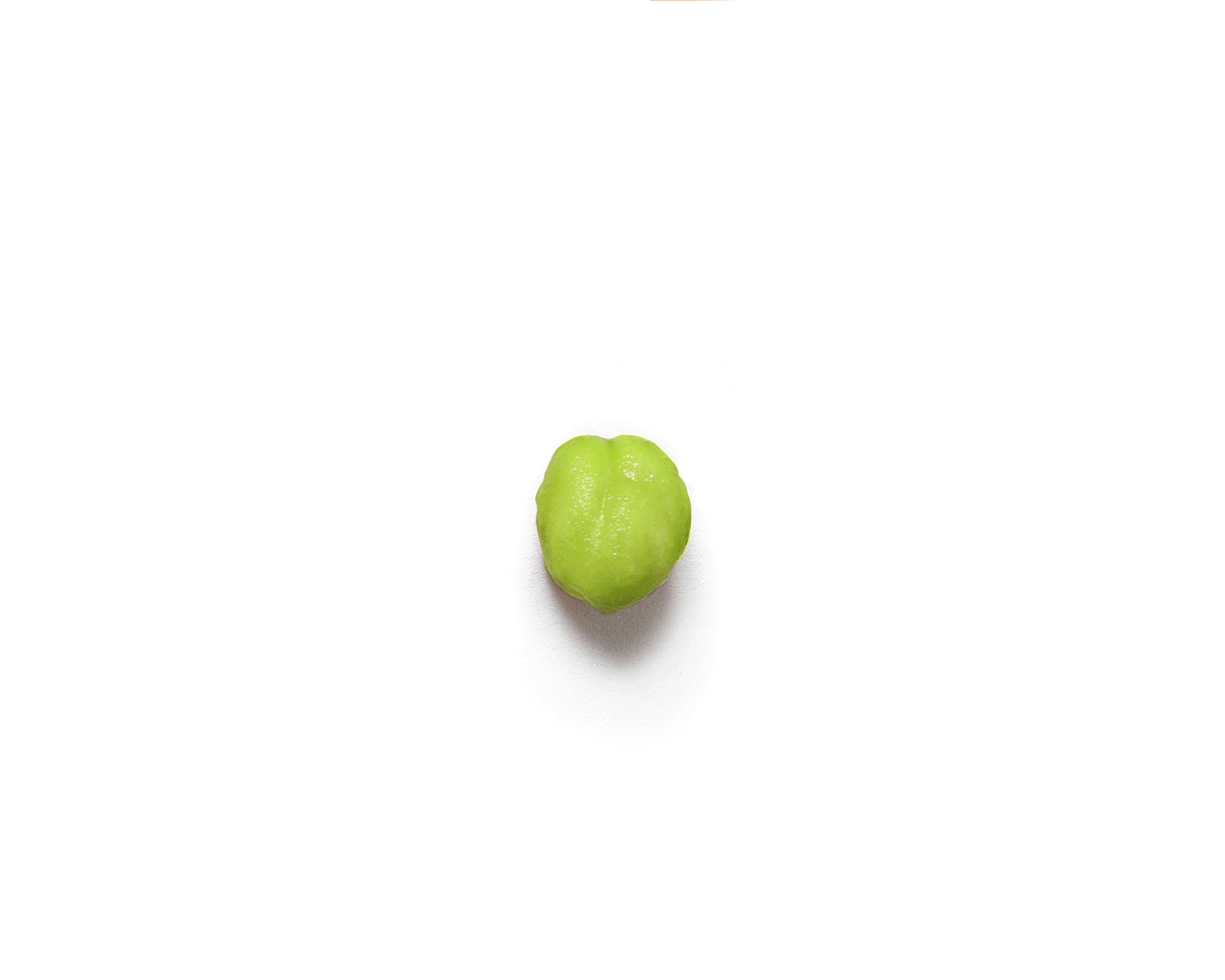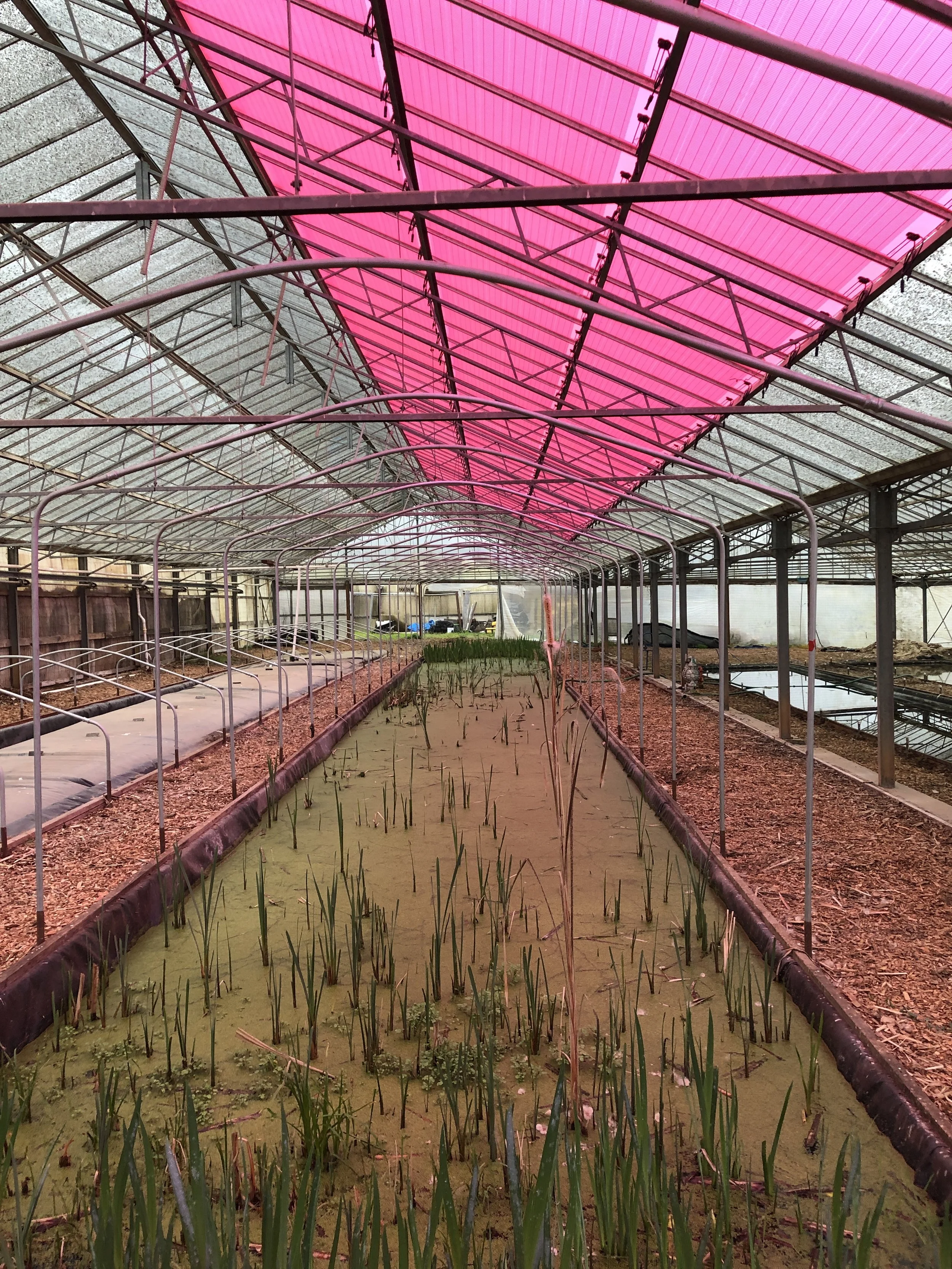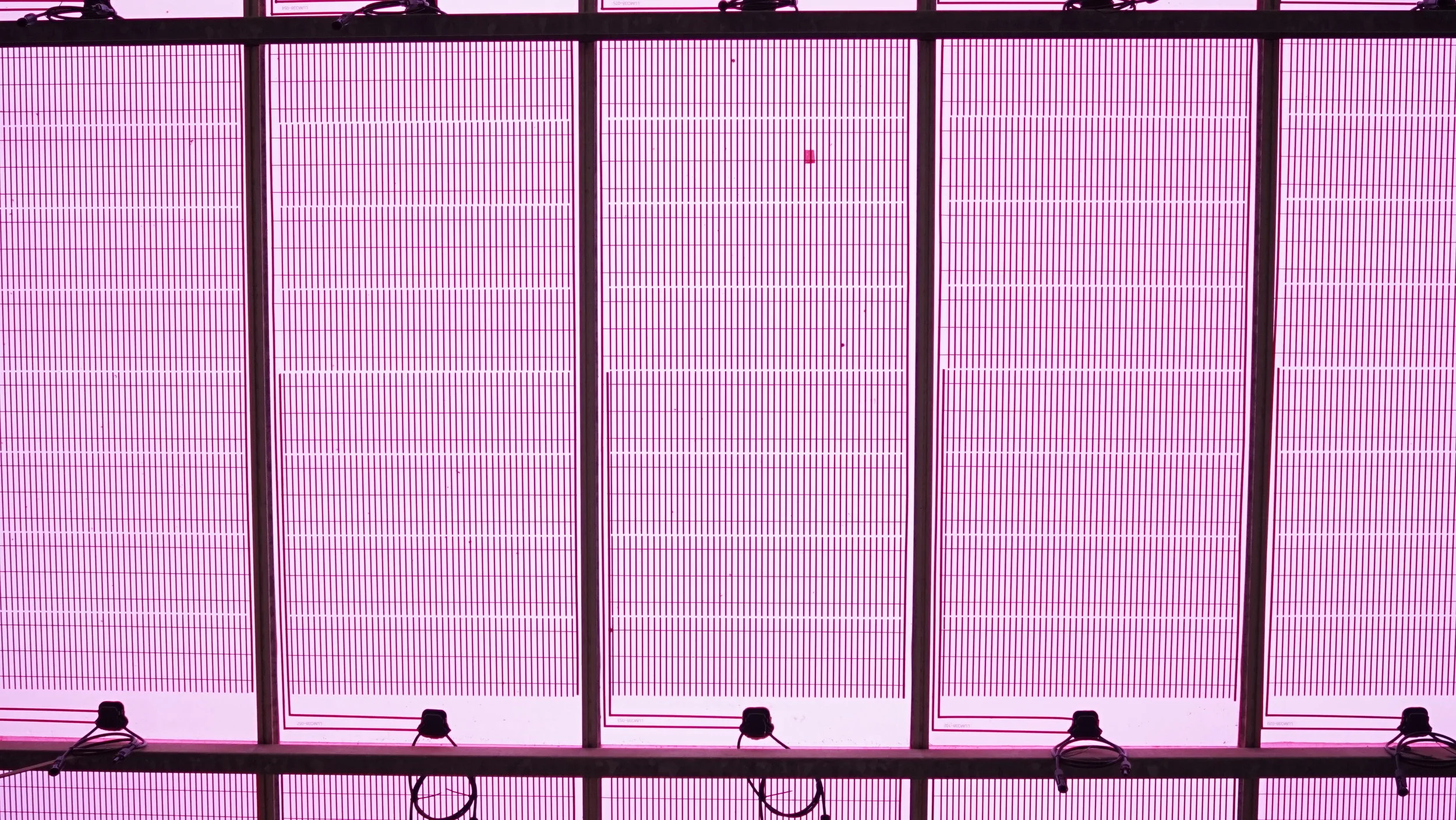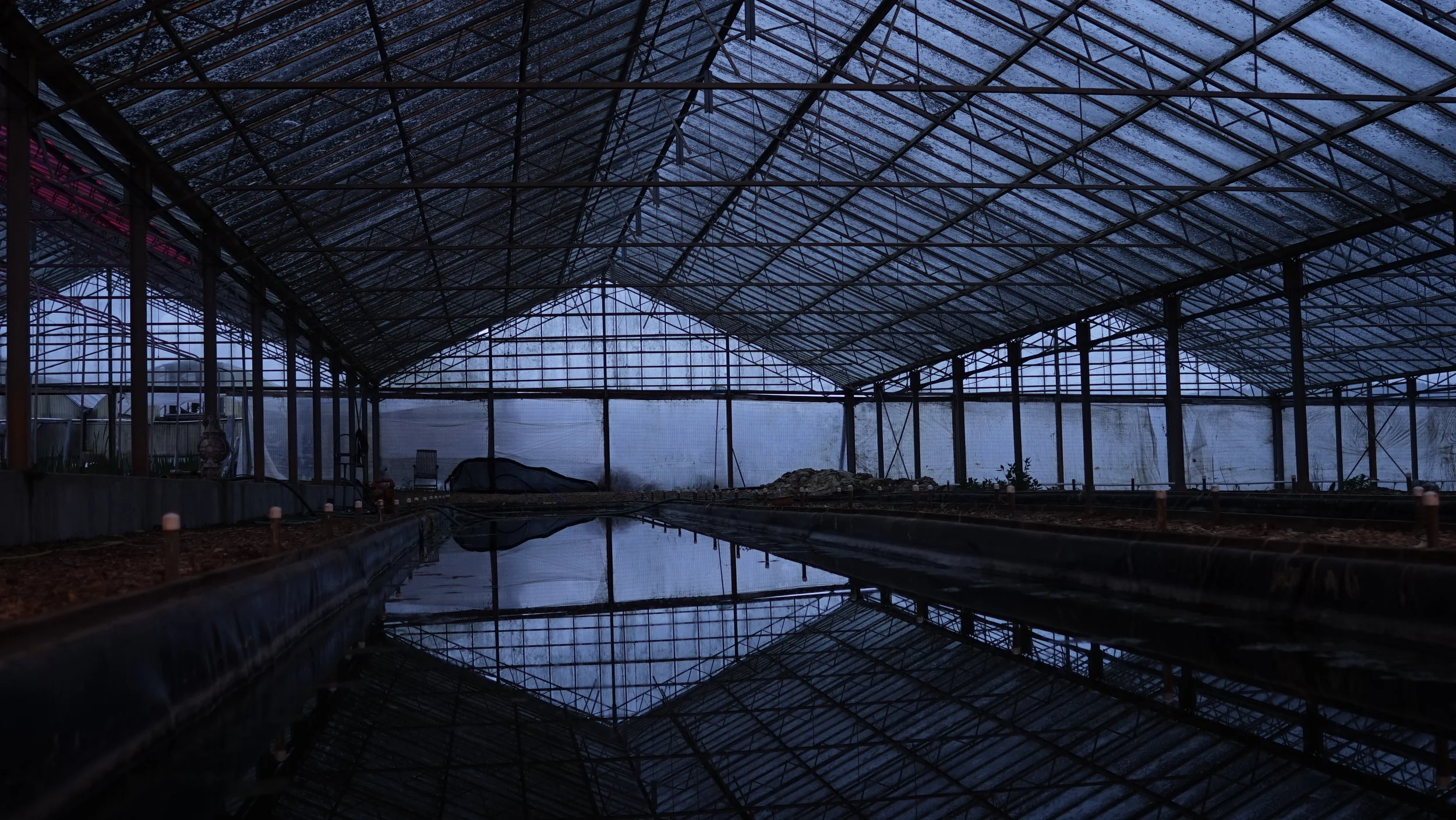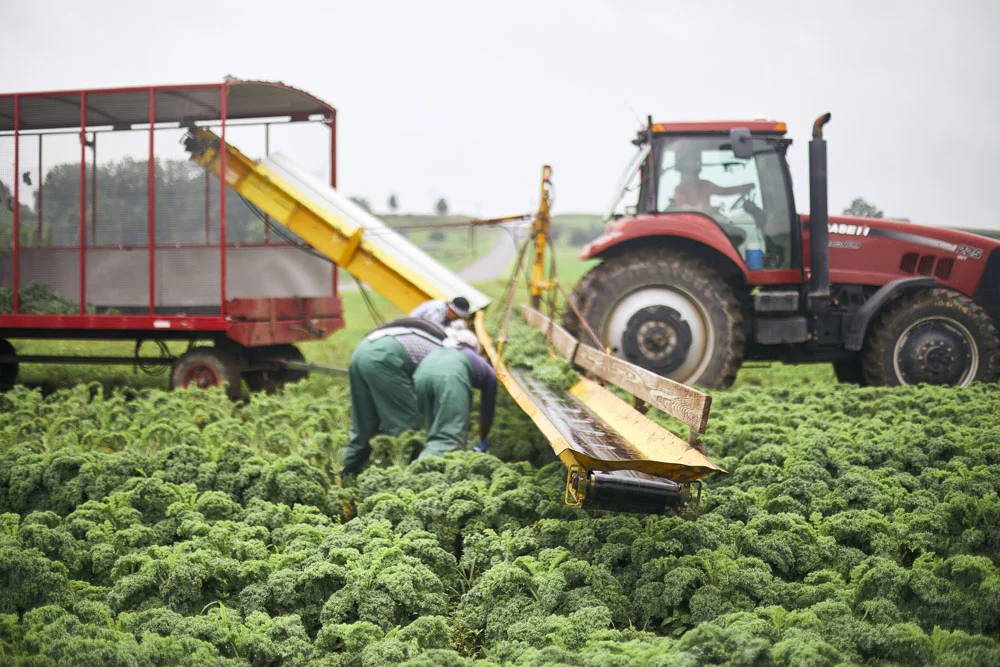Open Source
I concepted, strategized, and produced Open Source—an original content series for sweetgreen designed to tell stories from the frontlines of the supply chain and get guests closer to the source. To develop the series we created formats for email, instagram, and video, each with a consistent and repeatable look and feel. The series used a mix of entertainment, education, and engaging visuals to appeal to the sg guests’ desire more information and a deeper understanding of where their food comes from.
Where food comes from, who grows it, and the future of food at sweetgreen.
Burrata — Di Stefano Cheese
Los Angeles, CA
Di Stefano is an artisan cheese plant helmed by Mimmo Bruno and his son Stefano. Credited with bringing Burrata to the US (bow down), Mimmo knows the best cheese begins with the freshest milk. “We know exactly what the cows are eating, what they’re being fed, and how they’re being treated.”
Derived from “burro,” the Italian word for butter, burrata is beloved for its creamy, soft center. It’s made with a solid, fresh mozzarella outer layer and filled with a mixture of cream and stringy curds of mozzarella. Sweet dreams are made of cheese.
Young Ginger — Whiskey Hill Farms
Watsonville, CA
David Blume, ginger guru and soil enthusiast, leads the charge at Whiskey Hill Farms in Watsonville, CA. As a studied ecologist, he’s an expert on the relationship between organisms and their environments. He’s created diverse ecosystems by polycropping (aka planting multiple crops together) to mimic the reality of nature and ultimately benefit the soil.
His 14 acre greenhouse farm mimics the environment of the tropics and allows him to grow turmeric, sugar cane, and of special interest to sweetgreen—young ginger, which sweetgreen uses in dressings and house-made frescas. They love young ginger because you can eat the skin and for its many health benefits including anti-inflammation, blood sugar regulation, and digestive relief. Surprisingly, it’s not a root — but actually a rhizome or an underground stem. Today, it’s most commonly used as a spice but the oil of ginger was historically used as medicine. The more you know.
Kale — Pedersen Farms
Seneca Falls, NY
sweetgreen sourced nearly two million pounds of kale in 2018 (that's a lot of kale caesars). And a lot of that came from Pedersen farms in upstate New York. Family-owned in the Finger Lakes region, Pedersen Farms is our largest east coast kale supplier.
sweetgreen sourced 1,900,268 pounds of kale in 2018
On over 600 acres of organic land, head farmer Rick is a true soil man who believes healthy soil is the key to productive yields and epic flavor (#BigDirtEnergy). A Cornell Ag school graduate, Rick Pedersen is a true soil farmer who believes growing healthy soil is the key to productive yields and great flavor. Why does sweetgreen love kale so much? Kale is packed with phytonutrient molecules making it a superfood that can help battle obesity, diabetes, and heart disease. It’s a proven power plant, yet the average American eats only 2 to 3 cups a year (your Kale Caesar has ⅓ a cup!).
Brussels Sprouts — Plainview Farms
Plainview, Massachusetts
Joe Czajkowski, the New England king of Brussels, is a third generation farmer with a one-of-a-kind, sprout-and-stalk separating machine from the Netherlands. He runs a year-round farm that allows his team and their families to settle down and plant roots in the community.
Brussels ripen from the bottom of the stalk upward. But before they grow into stalks, they’re planted inside a greenhouse for safe keeping. Once the seed has sprouted a few inches in height, it’s transplanted to the field for the rest of it’s growth cycle.
90% of brussel sprouts grown in the US come from California
Chickpeas — Timeless Seeds
Ulm, Montana
Did you know that you can get 18% of your daily protein intake from just 100g of chickpeas? Did you also know that to get the best chickpeas in America you have to travel all the way up to Ulm, Montana where Timeless Seeds, a farming movement pioneered by rebel seedsman Dave Oien, is headquartered. This group of renegade growers rejected commodity industrial wheat farming in the 1980s and traded pesticides and synthetic nitrogen for crop rotation and soil health. sweetgreen loves chickpeas because they are a type of plant—known as legumes—which are both good for you (hi, protein) and good for the planet. How? These legumes (which also include lentils and peas) have bacteria on their roots that convert nitrogen into ammonia—the chemical used in fertilizers. Essentially they take fertilizer from the air and put it into the ground. Which means these they produce their own fertilizer for healthier soil and better tasting food. Pretty cool, right?
Cranberries — Bluewater Farms
West Warham, MA
Bluewater Farms is a vertically integrated farming operation growing cranberries on Cape Cod for three generations. These vitamin-rich berries grow on long vines and are harvest in marshy ground known as bogs, flooded on the eve of harvest. Hope floats and so do crans, thanks to tiny air pockets. Once at the surface they are corralled, collected, washed, and entered into a great debate, dried or jellied?
Did You Know?
Only 5% of cranberries are sold as fresh fruit
20% of all cranberry consumption happens on thanksgiving
sg harvested 6870 pounds of cranberries in 2018
Irish rock group, The Cranberries, sold 40 million albums
Open Source in Your Inbox
Each ingredient and source featured in the series was spotlighted in an email that shared fun facts about the ingredient, who produced it, and why they are a valued sg partner.
Open Source on Instagram
On social, we used BTS images and iPhone video to take guests to the fields and farms where sweetgreen’s food is grown.
